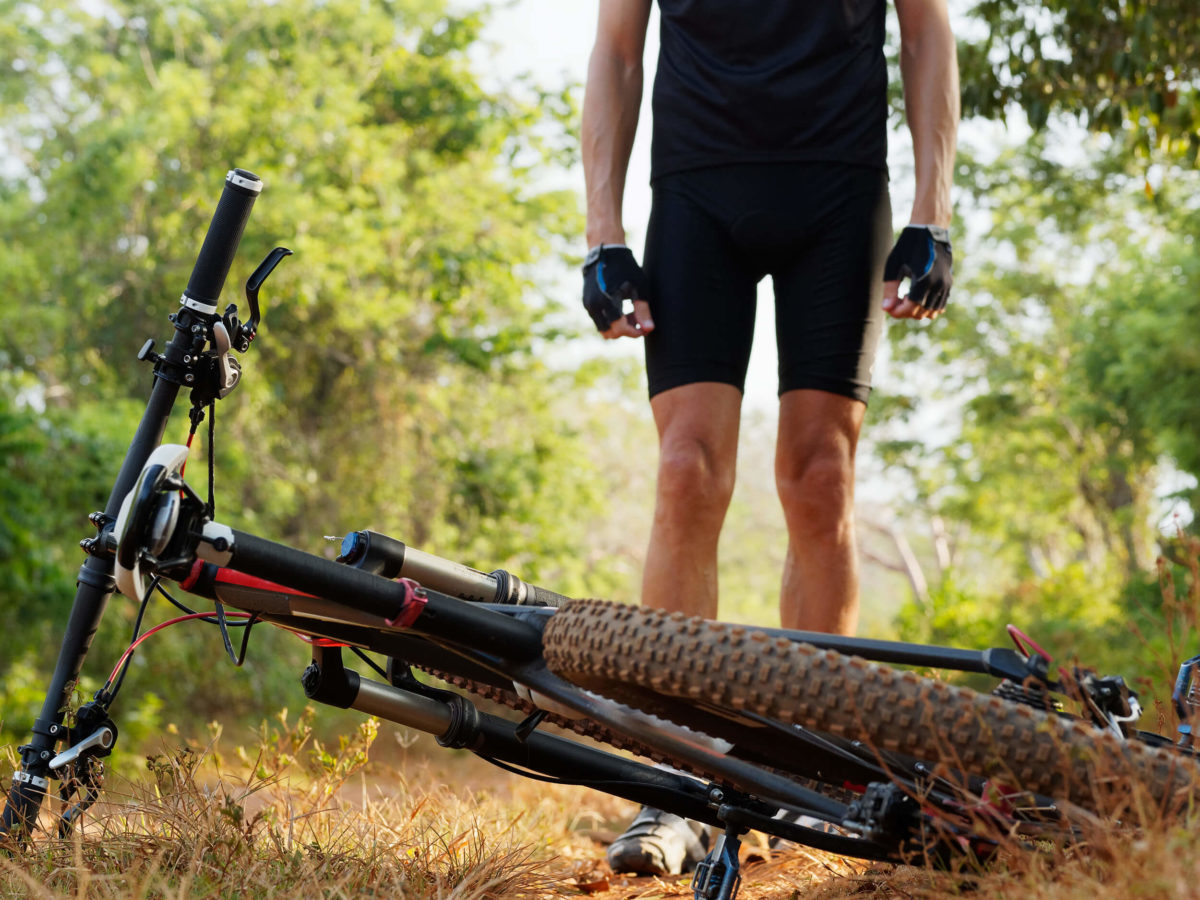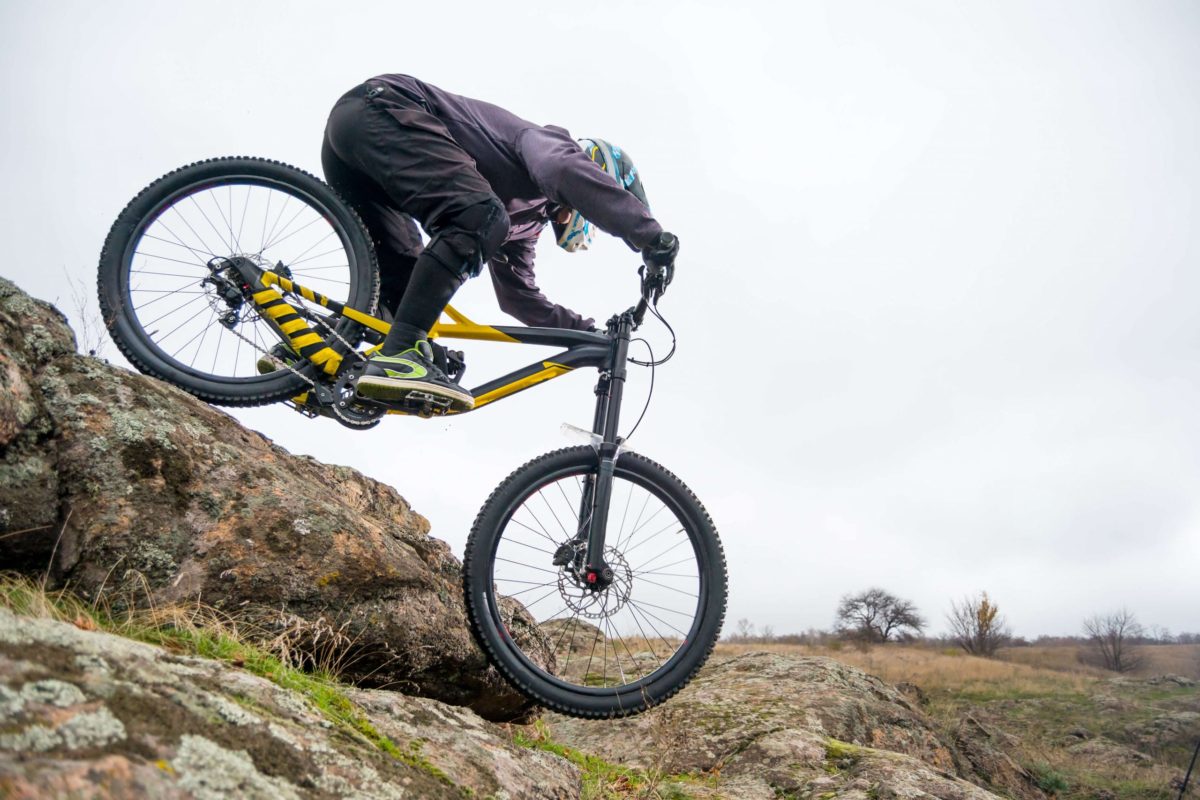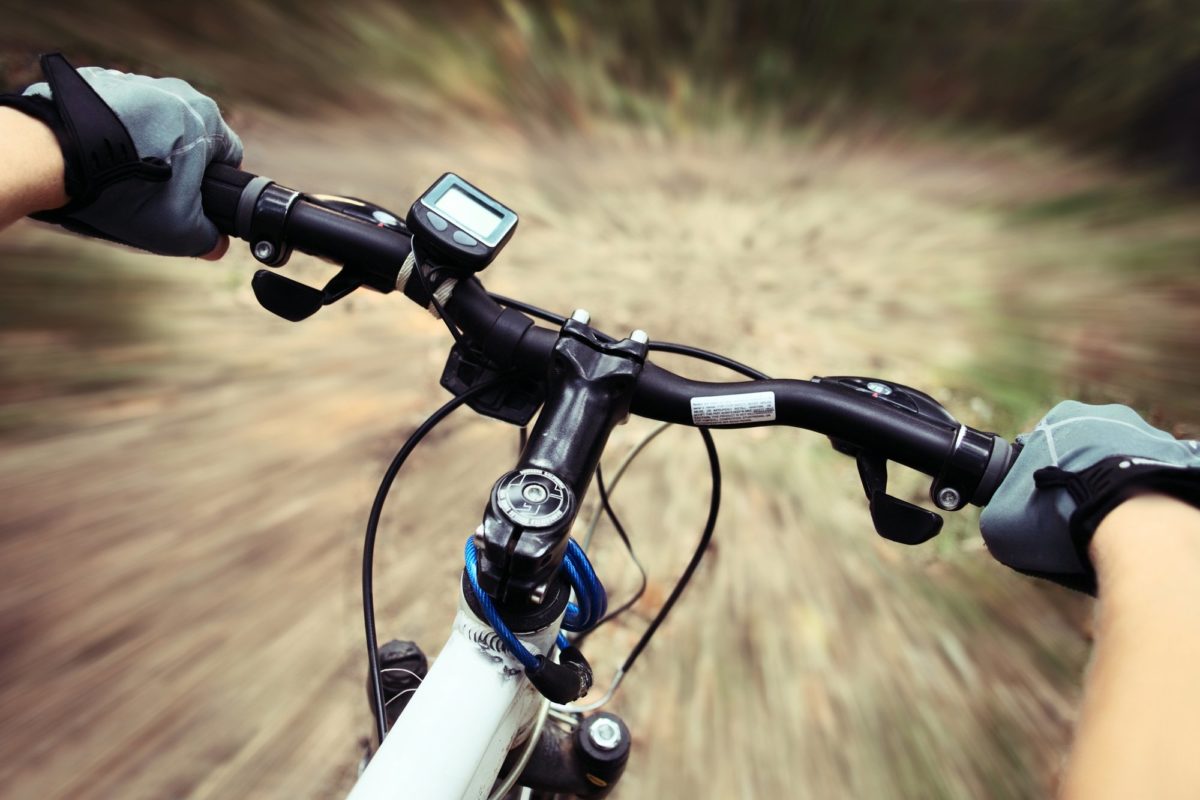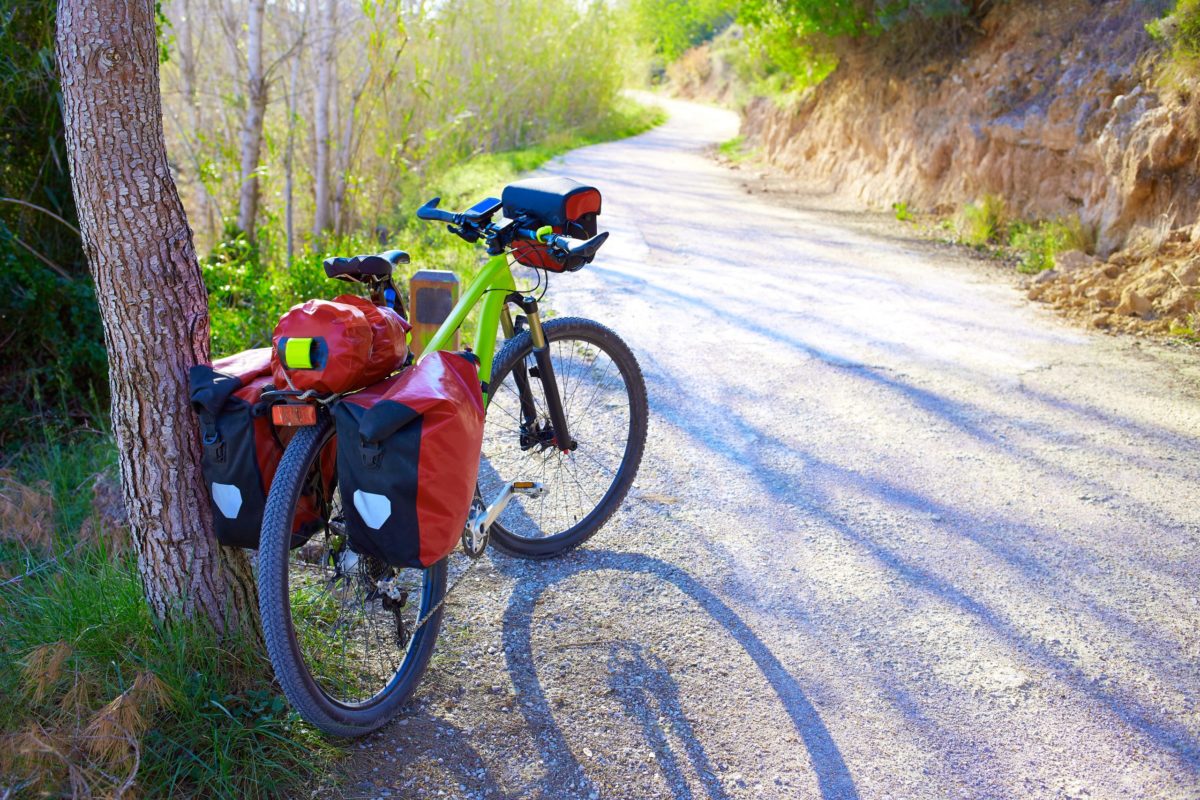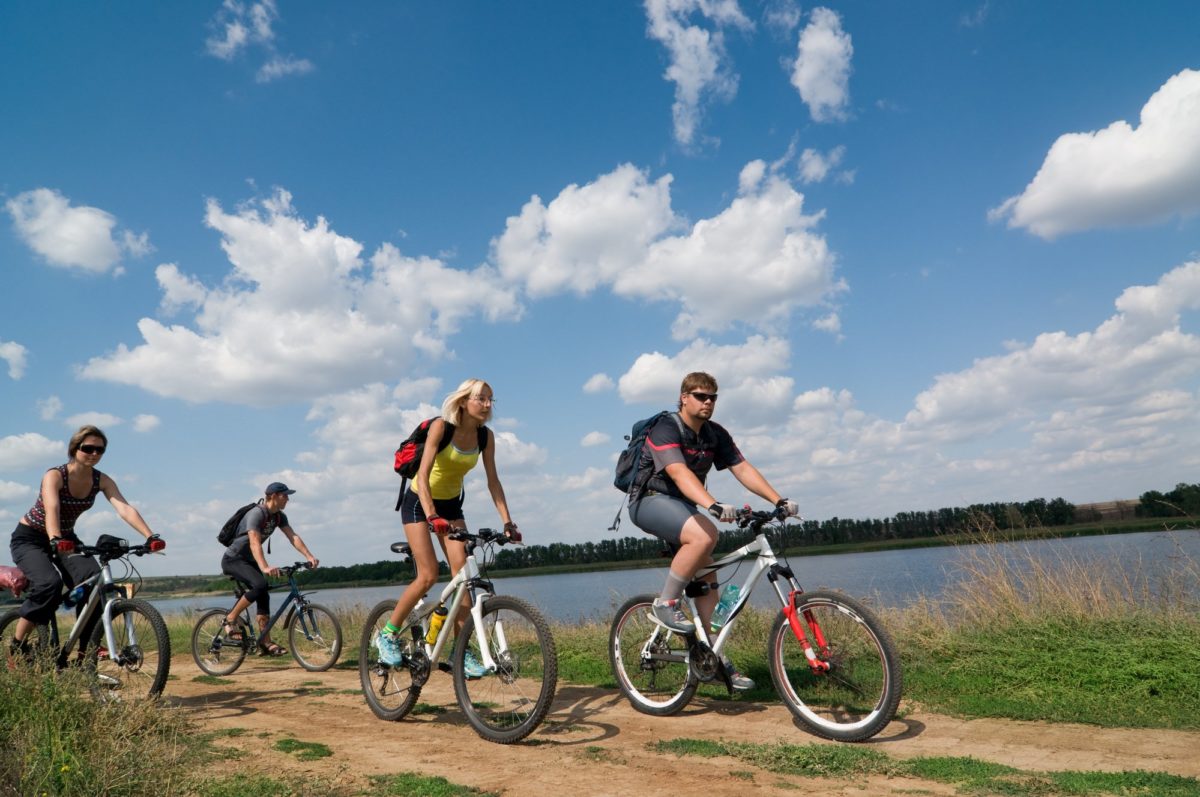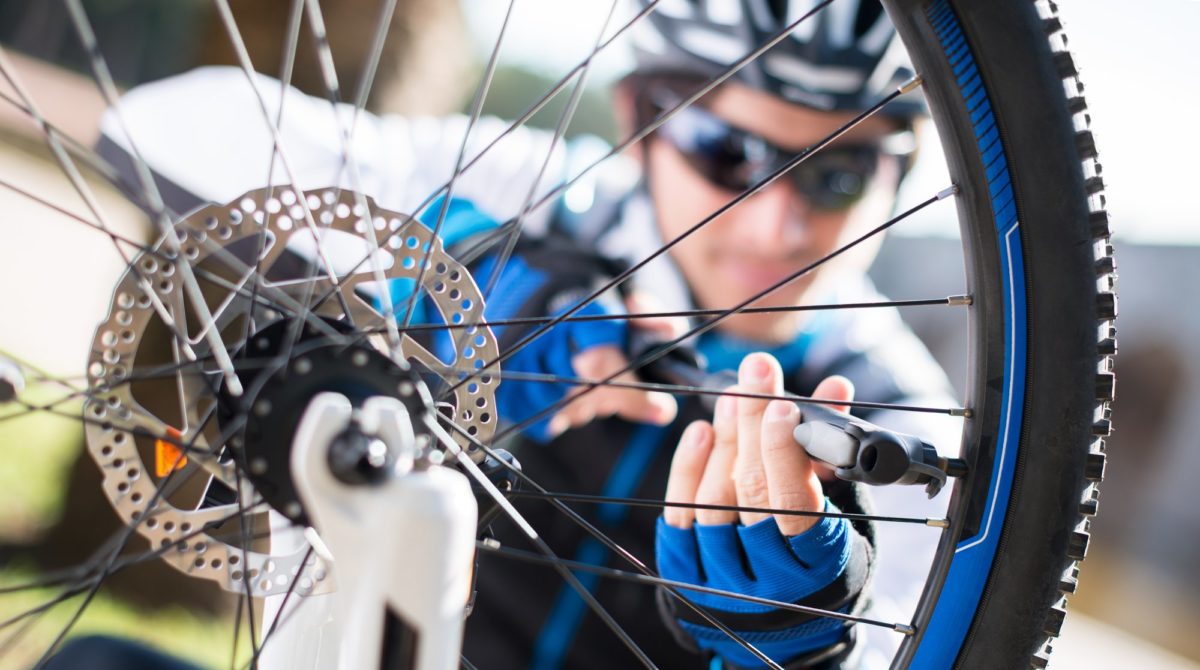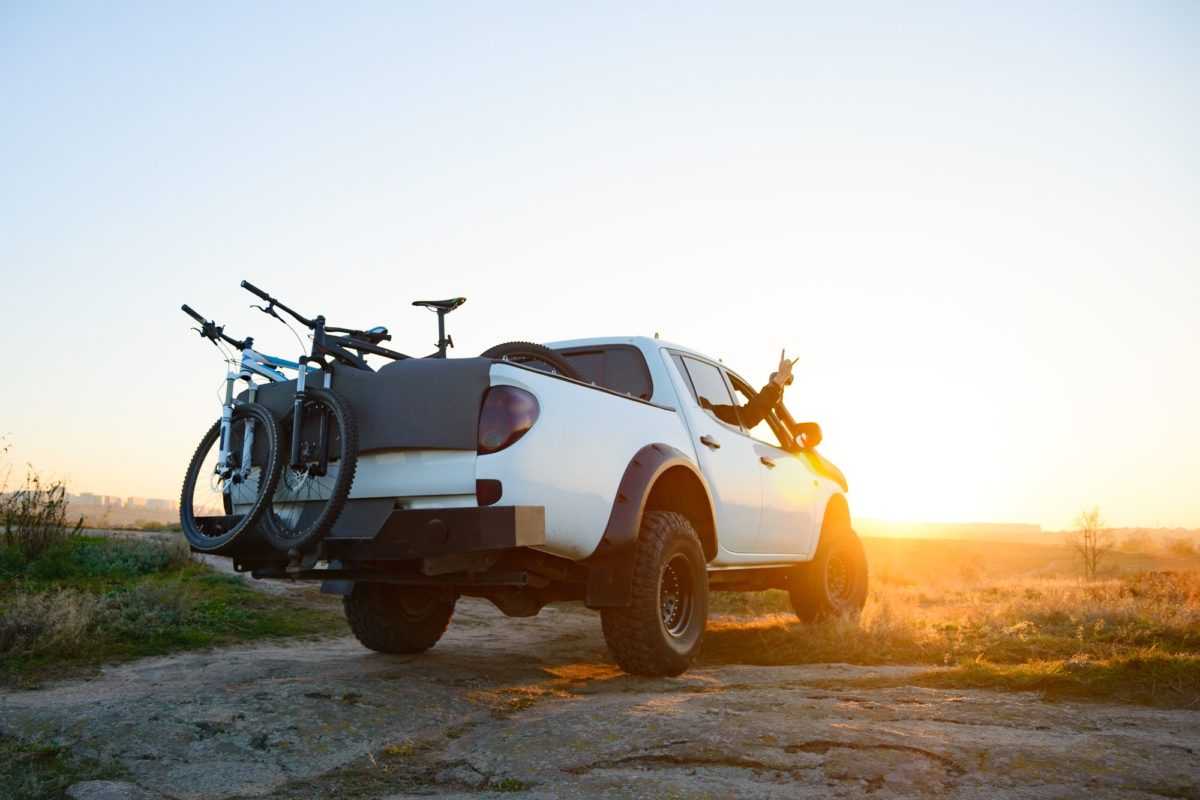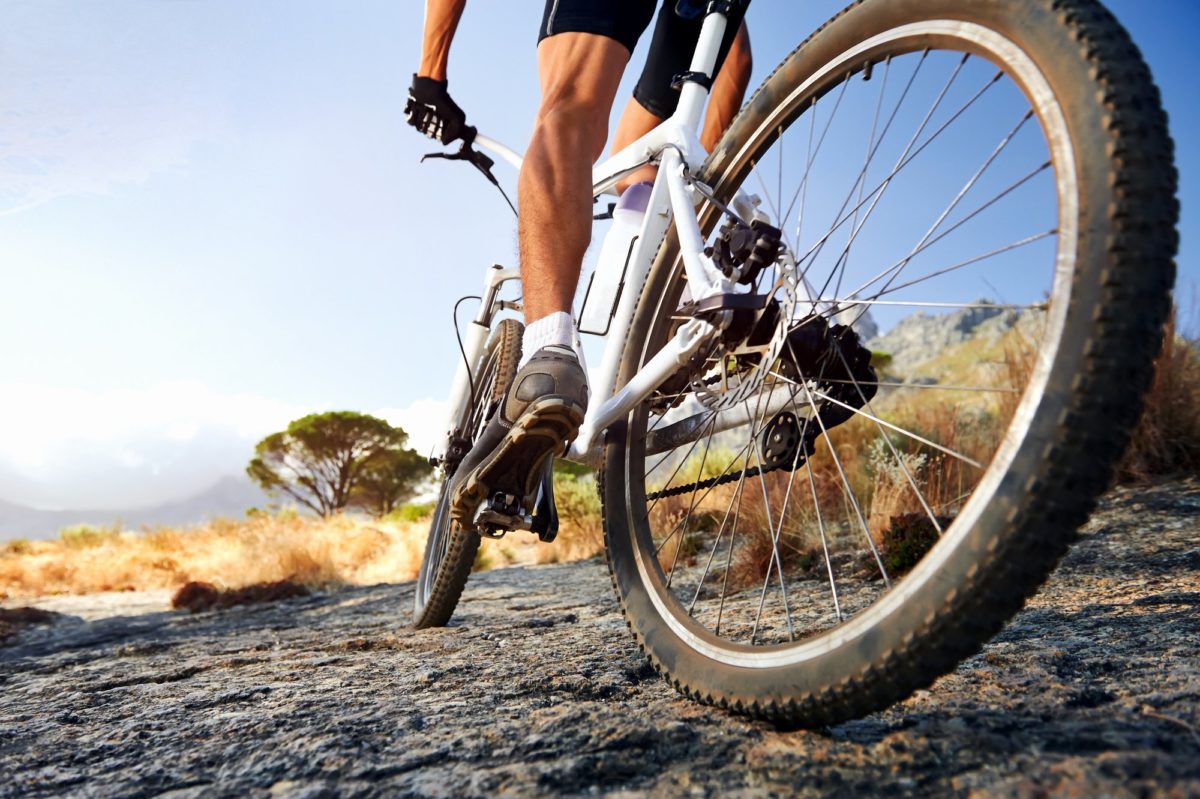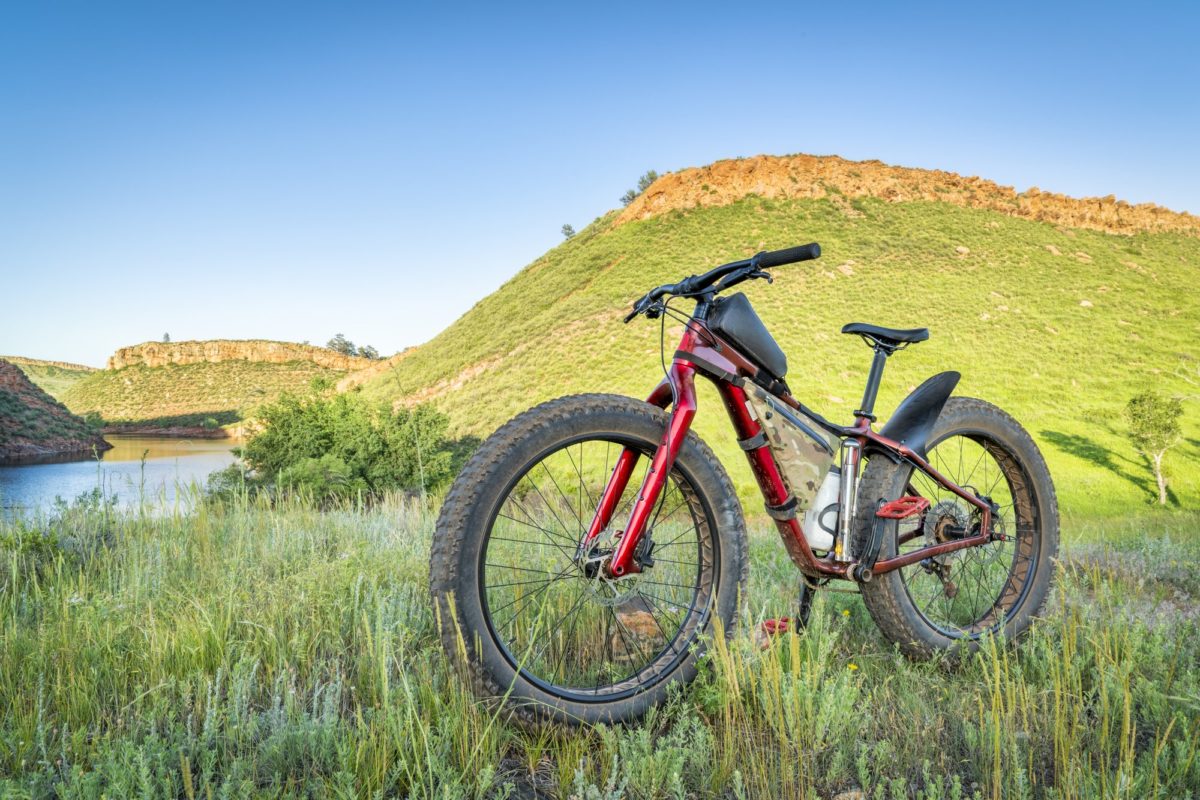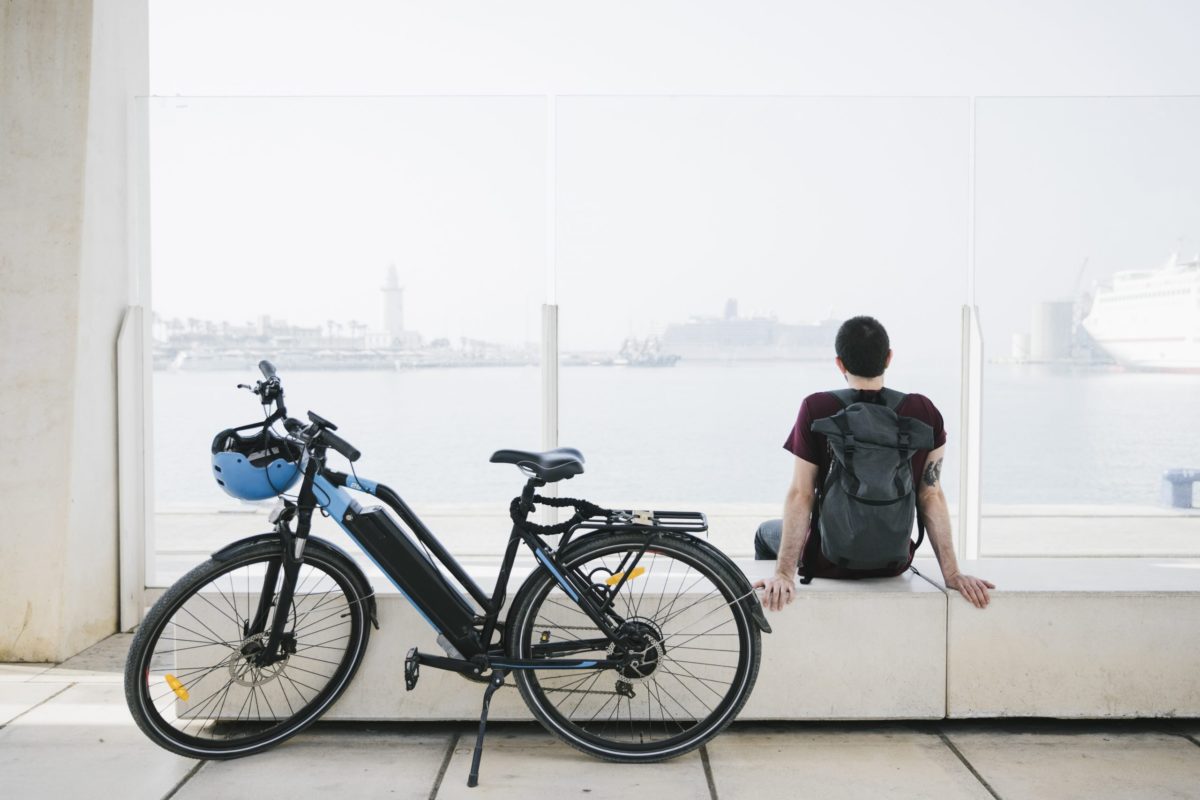The Best Mountain Bike Shorts of 2021
If you are an avid biker, then you most likely have all your mountain bike gear ready, but before you go out into the great outdoors, make sure you’re not forgetting anything, such as, perhaps, wearing the right clothing. Check out these best mountain bike shorts we’ve found just for you:
